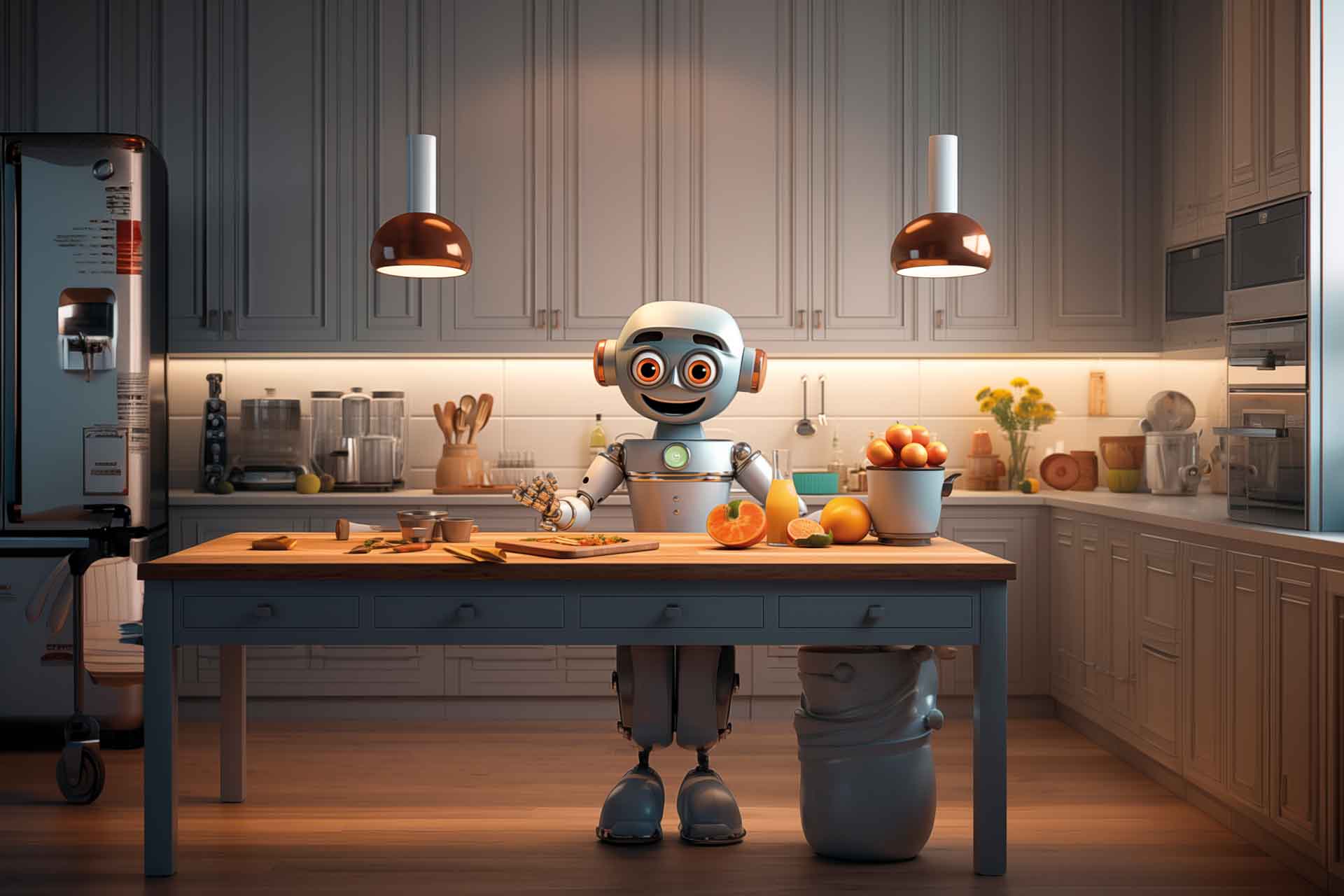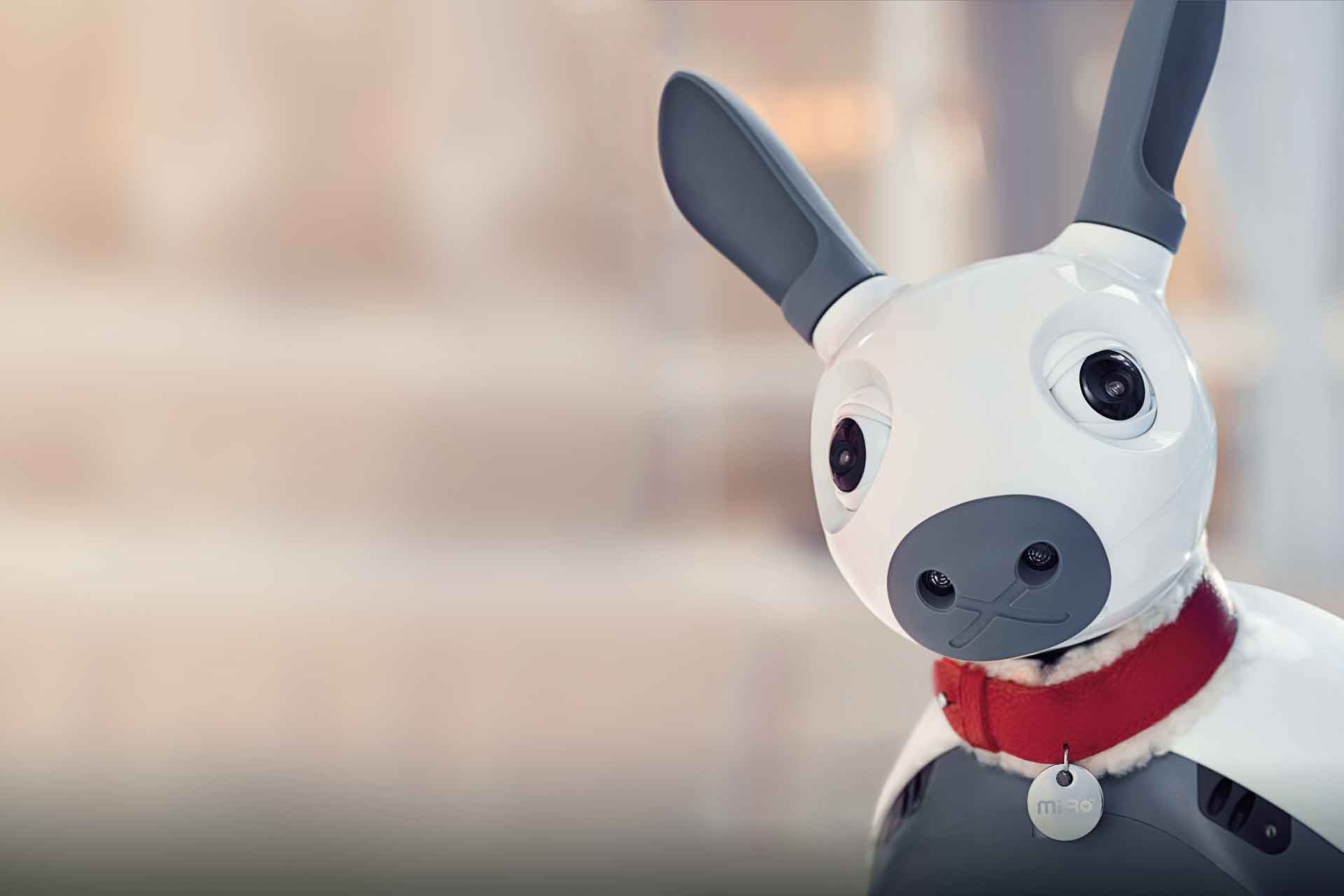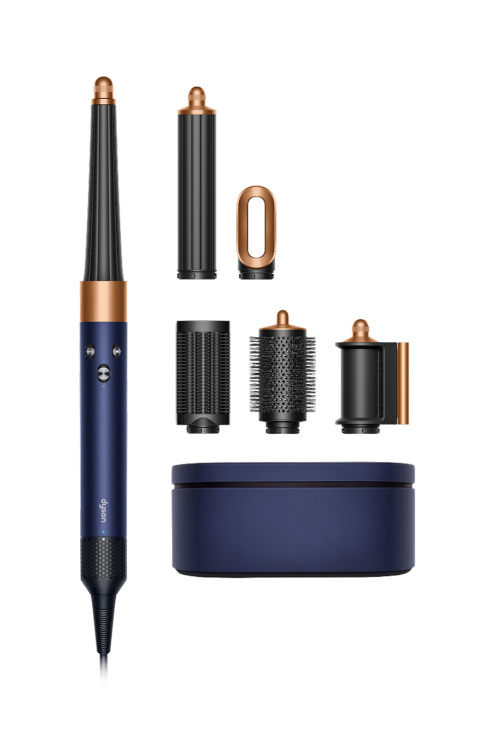Will Domestic Robots Provide The Key To Supporting Our Ageing Population?
By
2 years ago
AI robot design is set to transform the future

Sebastian Conran believes that domestic robots will be able to help with societal challenges such as social isolation and healthcare needs, especially for our ageing population.
Will Domestic Robots Provide The Key To Supporting Our Ageing Population?

This image was created using Midjourney, a generative artificial intelligence program.
We have had robotic devices in our homes for almost 200 years since the advent of the sewing machine and the Teasmade. However, both are single-task and need significant human input: a sewing machine cannot hem your trousers autonomously, nor can the Teasmade boil you an egg. Our future homes will not just be places to live, but dynamic and intelligent spaces that adapt to our needs, making our lives more convenient and enjoyable. One of the most significant drivers of this transformation may be the integration of robotics and artificial general intelligence (AGI) into the domestic setting. However, while we’re all excited about how our robotic companions might impact our daily lives, do we really want granny looked after by an android?
My 91-year-old mother certainly wants one. I gave her an iPad for her 80th birthday and she emailed me saying: ‘It has improved my quality of life by 30 percent.’ She has always been hooked on emergent technology – that is when she can work it. Alexa has not been quite so successful – cue argument as to whether you should say ‘please’; apparently you can intuit how well people are brought up by their use of Ps+Qs (own goal to Shirley there).
Among other salient problems, the world has an ageing population that poses several challenges, such as increased healthcare needs, social isolation and the need for more assistance with daily activities. Robotics may potentially emerge as a beacon of hope to address these challenges effectively and enhance people’s independence in later life.
Robots are being developed to assist with daily activities, including meal preparation, medication management and mobility support. Robotic arms, equipped with advanced machine learning algorithms, can even aid seniors to dress and get in and out of bed, allowing them to prolong their autonomy and quality of life. But they are not universal in function or fully autonomous yet, and often need a technician present – a glitch we hope to ‘design out’ in the future.
There are more modest companion robots, exemplified by our intentionally cute MiRo-E robotic platform. This has the potential to alleviate social isolation and loneliness by offering emotional support and interaction, simultaneously reducing the worries of families and primary carers (such as myself). Developed by our University of Sheffield spin-off start-up Consequential Robotics, MiRo-E is designed to be a socially engaging robot that can recognise and respond to human emotions. After extensive research, Sheffield Robotics understood that a humanoid device would be far too complicated and expensive.
To get a robot physically to perform anywhere near our expectations of what even a toddler might be able to do, let alone an adult, was unachievable within our budget and timescale. However, one’s expectations of a kitten’s, puppy’s or bunny’s behaviour are much lower and easier to satisfy. Therefore, we designed an ambiguous animal-like personality that would be emotionally engaging, while having all the technical requirements, such as motors and sensors, required by university researchers. It has also been useful in motivating schoolkids to learn programming skills, such as creative coding, so they can ‘train it’ to perform. This robotic pet-like device, small enough to pick up (3kg), is named MiRo (bioMimetic Robot), which people warm to and chat to, as they might to their pets – the difference being that MiRo can be programmed to comprehend what is being said, in several languages too.

Sebastian has helped with the development of the intentionally ‘cute’ MiRo-E robotic platform, which can recognise and respond to human emotions.
With the right training – i.e. programming – MiRo might engage in conversation, play games, provide reminders for medication and appointments, and notice if there are behavioural anomalies and take action – ever seen a dog call for help? It could recognise people’s moods by their facial expression, bearing and tone of voice. It is suitable for all ages and particularly useful if you travel often, are not permitted animals in your apartment or are unable to care for a pet. It is equipped with sensors and artificial intelligence algorithms that can detect appearance, sound and anomalies, allowing it to adapt its behaviour to the emotional state of its user, essential for providing both companionship and support. It can provide medication reminders, schedule appointments and offer entertainment through existing media hardware.
Whereas people with CCTV installed are concerned about their privacy, having a device with sentient sensors that interprets what it senses rather than streaming video is also rather more private and appealing. We humans are adaptable. However, the current hurdle appears to be caused by mechanical hardware rather than thinking software. Currently robots are pretty much one-trick-ponies, focused on doing a single task (a bit like the first mobile phones). Take robotic vacuum-cleaners and washing-up machines, which have already become common
household appliances. The larger opportunity for all of us may be for autonomous multitasking universal robots to serve as a personalised companion/butler/nanny/carer (think Lord Peter Wimsey’s manservant Bunter), able to take on tedious household chores such as cooking, dishwashing, laundry and maintenance. This would allow families to spend more quality time together, granny to live independently and for me to tackle that stack of unread books that looms in my studio.
While the potential benefits of robotics in the domestic setting are remarkable, their use raises ethical questions concerning privacy, consent, and the potential for emotional manipulation of vulnerable people. Ethical guidelines and regulations are being developed to ensure responsible use and that robots are user-friendly, safe and easy to communicate with. An even greater concern with AGI is that it could potentially become the dystopian nightmare super-brain of fiction movies, such as The Terminator, that takes over the world and banishes humans back to caves.
Currently advanced robotic technologies are very, very expensive, posing a barrier to many but the largest companies and governments. To develop a robot nearing the cognition and dexterity of even a human toddler would need resources greater than that of building an aircraft carrier – or HS2, for that matter. Apple invests gazillions honing the performance of just the iPhone. My smartphone and photographic bills are dwarfed by what they used to be – probably after a pencil, my smartphone is my most essential business tool. Therefore, the sooner these technologies are accessible to a broader range of the population the better, so that high demand reduces prices and robotics can be accessed by older people with less resilient or no income. Responsible development and deployment of robotics in our homes hold the promise of revolutionising our daily routine, making them more comfortable, supported and conducive to deeper connections among people of all generations. And improving our quality of life by much more than 30 percent perhaps?
But first, of course, there are the significant ethical, technical and cost challenges to overcome before anything nearing the digital toddler can be developed. Perhaps in the meantime, then, the modest ambition of an unthreatening sentient robotic-companion, whose personality resembles a cross between a bunny and a puppy, is more achievable. And it could improve the quality of life fast for vulnerable people or those who cannot look after a real pet. Apparently, my aging mother would be delighted with one.
Sebastian Conran is a co founder of Consequential Robotics with University of Sheffield, is Visiting Professor of Design & Innovation at Bristol Robotics lab and Industrial Professor at University of Warwick.























